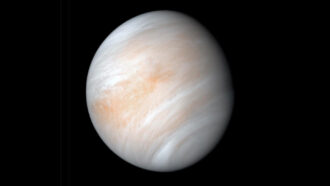
Discoveries about the cosmos and ancient life on Earth tantalized scientists and the public in 2020. But these big claims require more evidence before they can earn a spot in science textbooks.
Cloudy with a chance of life
The scorching hellscape next door may be a place to look for life. Telescopes trained on Venus’ clouds spotted traces of phosphine in quantities that suggest something must be actively producing the gas (SN: 9/14/20). On Earth, phosphine is emitted by certain bacteria or industrial processes, leading some astrobiologists to speculate that microbes may be living in Venus’ relatively temperate upper atmosphere. But other research teams’ analyses suggest the phosphine detection was a misread — perhaps the result of a fluke in data processing (SN: 10/28/20).
Flashback
For the first time, astronomers may have glimpsed a fast radio burst in the Milky Way. Even more intriguing, the source of the super-bright boost of radio waves appears to be a magnetar — a type of neutron star with an intense magnetic field (SN: 6/4/20). But it’s too soon to claim that magnetars caused any of the dozens of previously detected fast radio bursts, as those flashes came from galaxies too far away to trace the bursts back to a source.
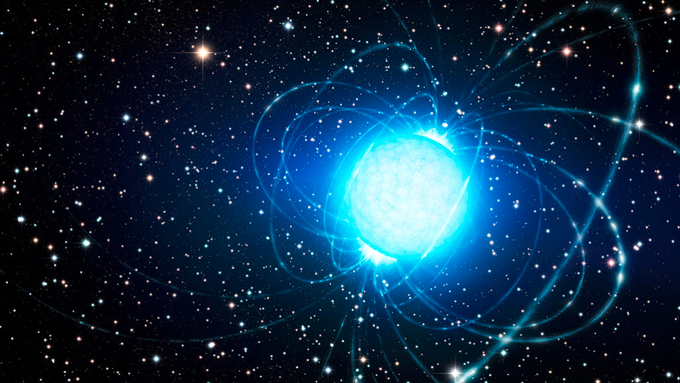
Totally tubular
Tubes stuck to the outer shells of hundreds of fossilized brachiopods discovered in an outcropping in China may have housed the earliest-known parasites. The clamlike brachiopods lived about 512 million years ago. Researchers speculate that organisms living inside the tubes swiped food from their filter-feeding hosts (SN: 6/2/20). That the tubes were never found alone or on other fossils in the outcropping suggests that the organisms could not survive on their own. But some critics question whether the relationship was truly parasitic, given that the tubed-up brachiopods didn’t seem any worse off than their tube-free counterparts.
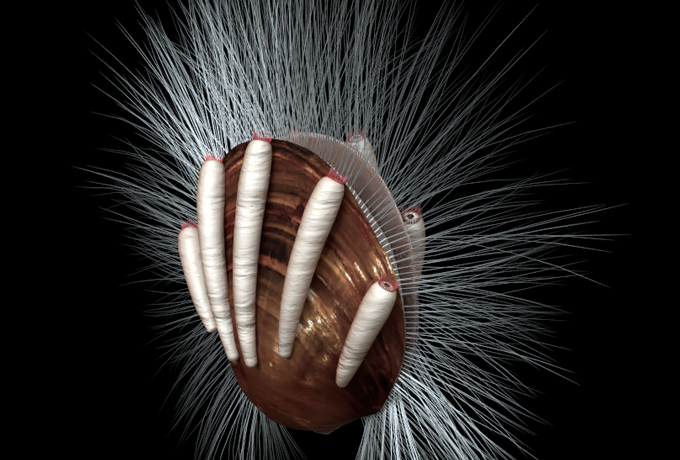
Found: ordinary matter
Only about half of the universe’s expected amount of ordinary matter has ever been cataloged. But this year, astronomers claimed that the other half is hiding out in intergalactic space (SN: 5/27/20). That conclusion is based on an analysis of how a small sample of fast radio bursts from other galaxies were distorted by particles on the way to Earth. Before the case of the missing matter can be closed, though, more of these bright blasts of radio waves need to be examined.
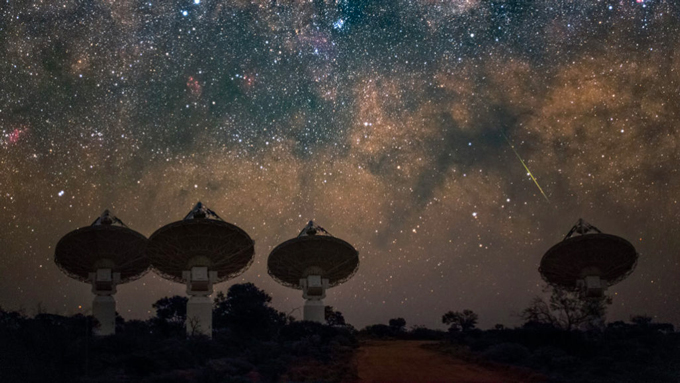
Start your cosmic engines
A ghostly subatomic particle may have been revved up by a star’s destructive encounter with a black hole. Sensed by the IceCube detector in Antarctica, the neutrino carried 200 trillion electron volts — about 30 times as much energy as that of a proton accelerated by the Large Hadron Collider. Scientists matched the neutrino detection to a flash of light in the sky caused by a black hole shredding a star. The probability of the neutrino and the flash coinciding by chance is just 0.2 percent. If the finding holds up, it would be only the second time a high-energy neutrino has been traced to its source, and the first direct evidence that shredding a star can accelerate neutrinos to high energies (SN: 5/26/20).
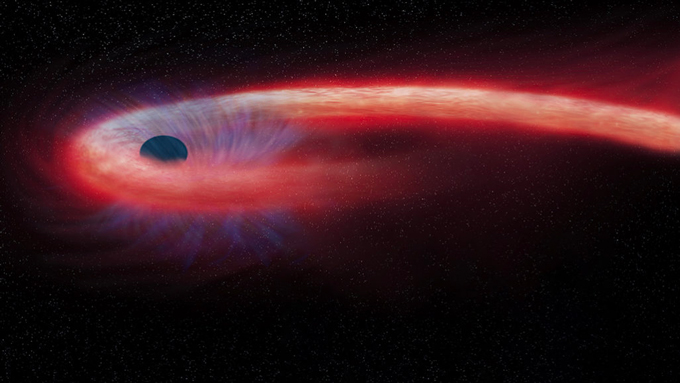
On the move
The long-running debate over when humans first traveled to and from the Americas rages on. One group of researchers reported that people arrived to North America more than 15,000 years earlier than generally thought, based on the discovery of roughly 33,000-year-old stone tools unearthed in Mexico (SN: 7/22/20). Some archaeologists, however, doubt that the artifacts are even stone tools and say they instead are just naturally broken rocks.
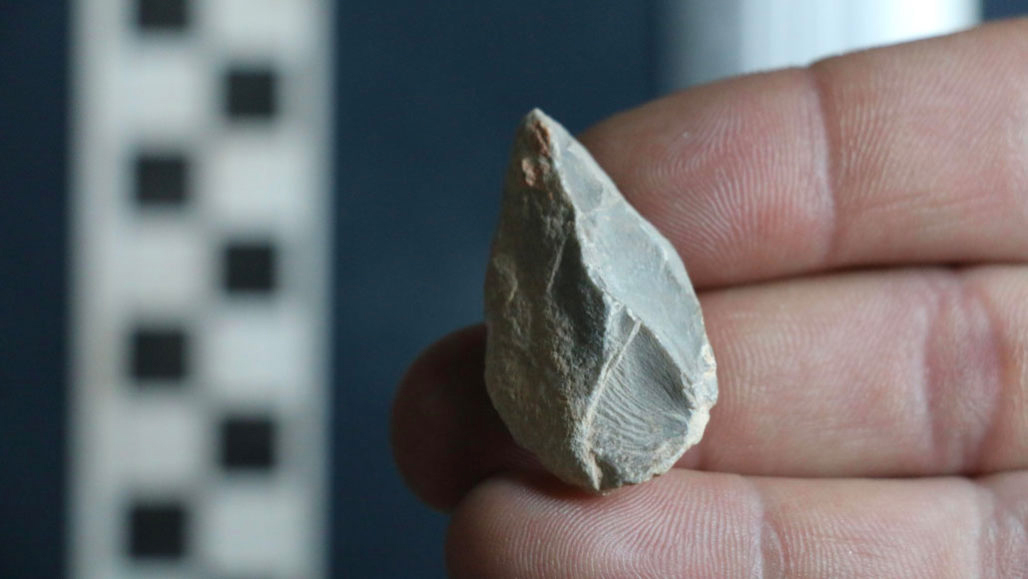
Another research group reported that Indigenous South Americans crossed thousands of kilometers of open ocean and reached eastern Polynesia more than 800 years ago, not long after settlers from Asia initially colonized the islands (SN: 7/8/20). That conclusion rests on genetic evidence suggesting the intrepid South Americans mated with ancient Polynesians. But some anthropologists question whether early South American groups had the equipment or seafaring skills necessary for the journey. Ancient Polynesians, who were expert navigators, may have traveled to South America, bringing new DNA with them on a return trip home.

 A new treatment could restore some mobility in people paralyzed by strokes
A new treatment could restore some mobility in people paralyzed by strokes  What has Perseverance found in two years on Mars?
What has Perseverance found in two years on Mars?  This robot automatically tucks its limbs to squeeze through spaces
This robot automatically tucks its limbs to squeeze through spaces  Greta Thunberg’s new book urges the world to take climate action now
Greta Thunberg’s new book urges the world to take climate action now  Glassy eyes may help young crustaceans hide from predators in plain sight
Glassy eyes may help young crustaceans hide from predators in plain sight  A chemical imbalance doesn’t explain depression. So what does?
A chemical imbalance doesn’t explain depression. So what does?